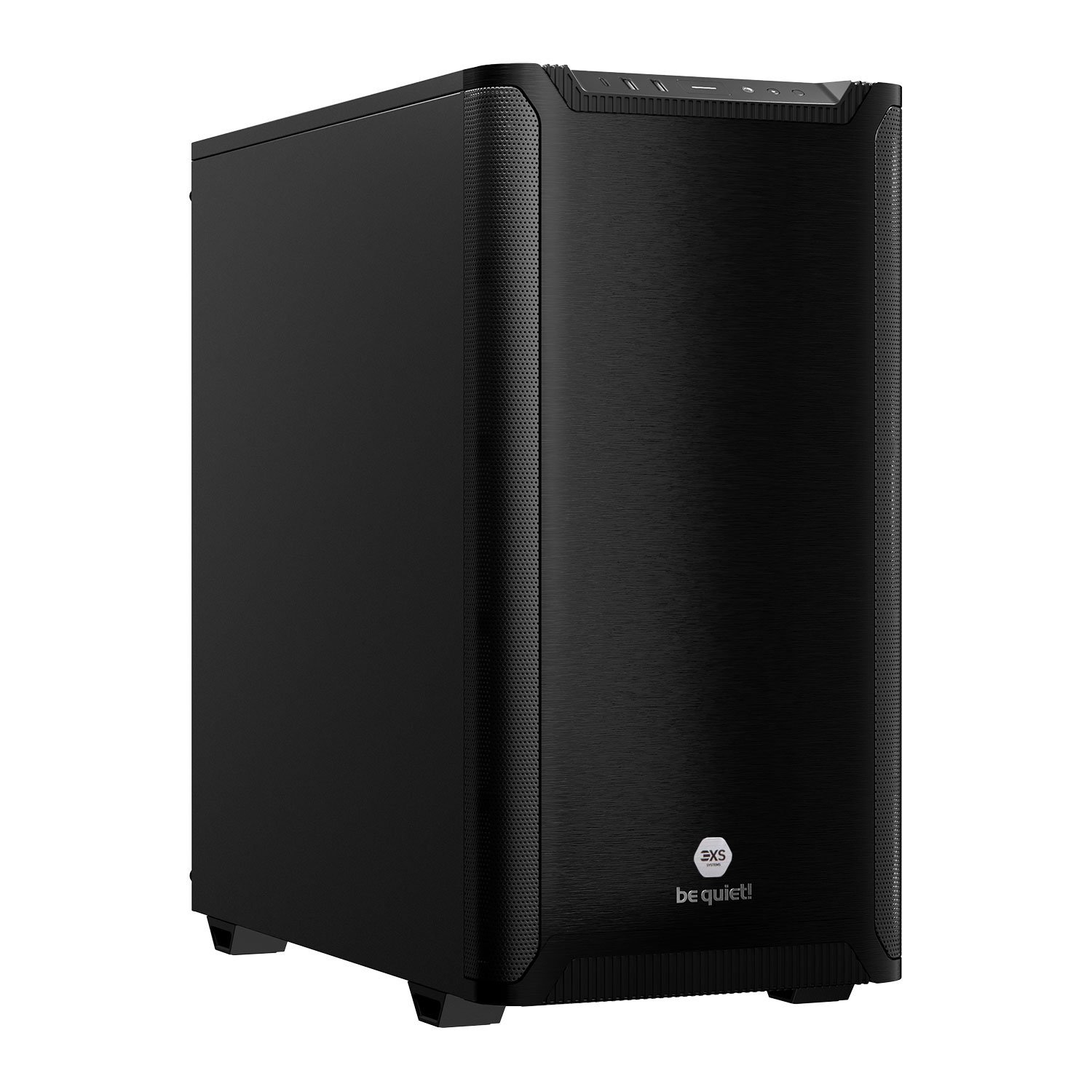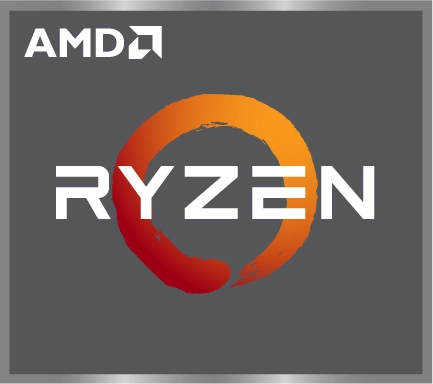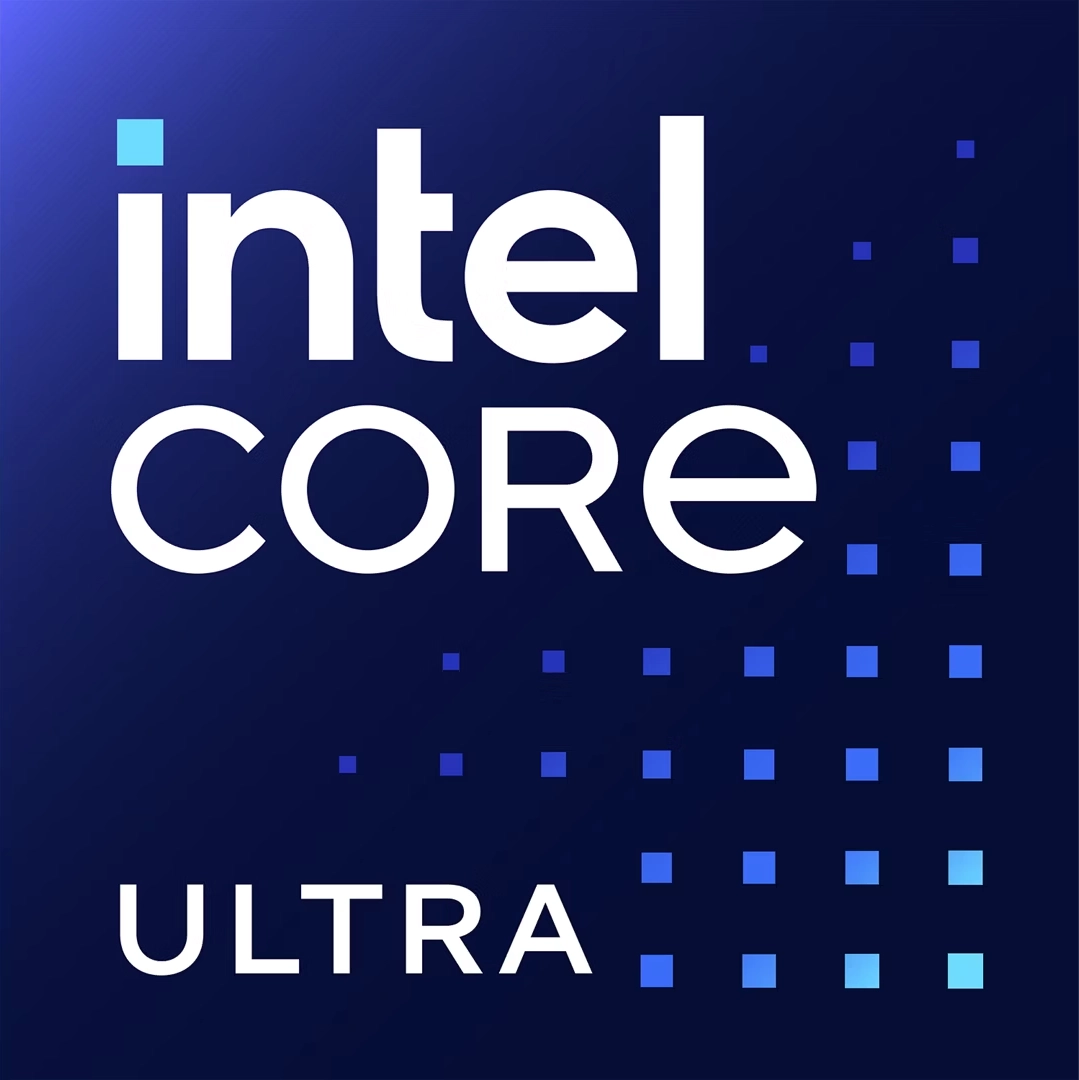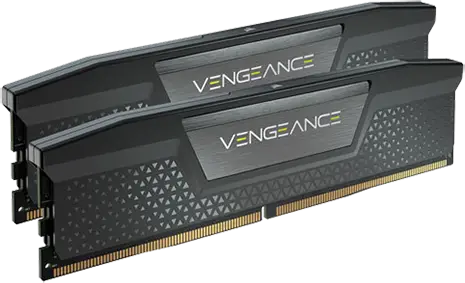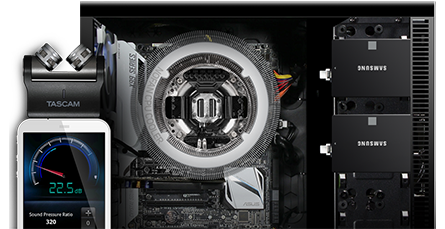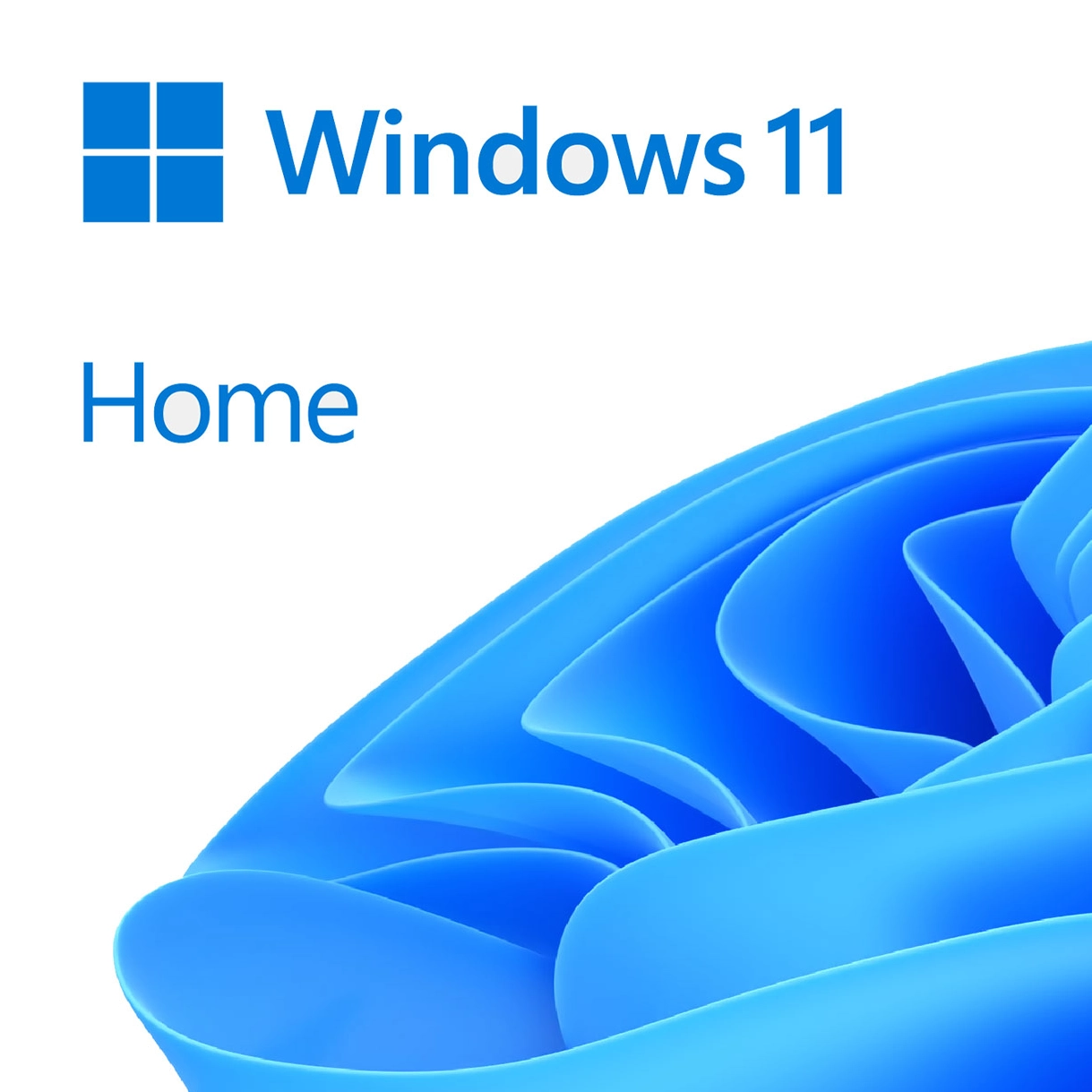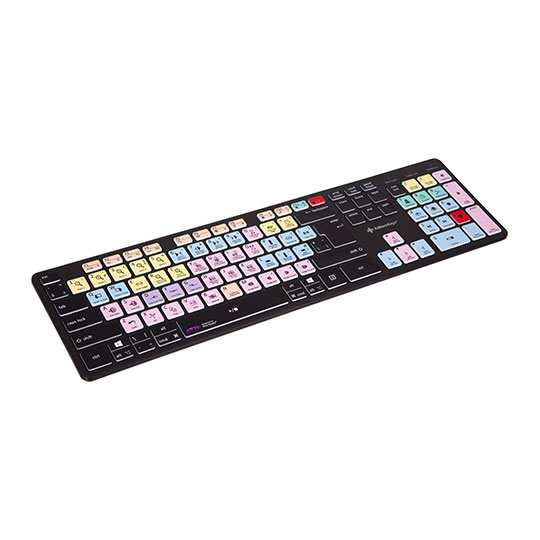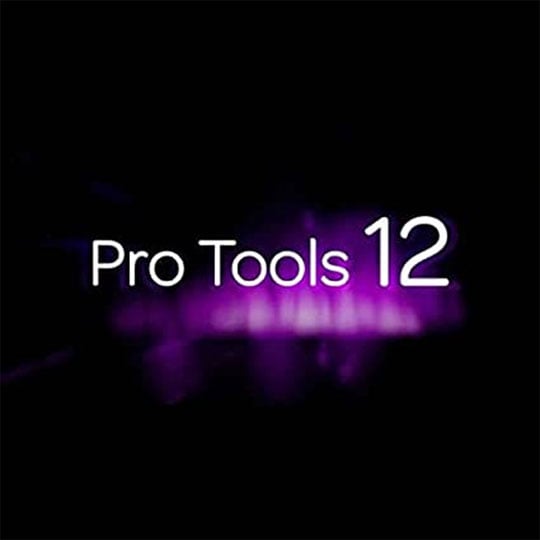Host Processor
The processor or CPU is the most important component in an audio workstation as it plays a key role in creating on-the-fly sounds and effects. Consideration should be given to the frequency, IPC (instructions per clock) and the number of cores. Audio Stream Input / Output (ASIO) drivers used by audio interfaces have their own buffers and these are a slice of time where the CPU does the audio processing work. As such, the higher the CPU efficiency, the more work can be done before the buffer is reset and the process starts again.
For live effects processing where you require just a few channels, with effects at the lowest latency possible, your chief concern is simply the fastest CPU often with fewer cores overall. For users with a lot of tracks, but less concerned with the real-time performance such as studio-based artists and post production roles, increasing the core count and running with a slightly higher ASIO buffer so that you can process more in parallel will give you huge gains in regards to the total amount of tracks your project can handle.
